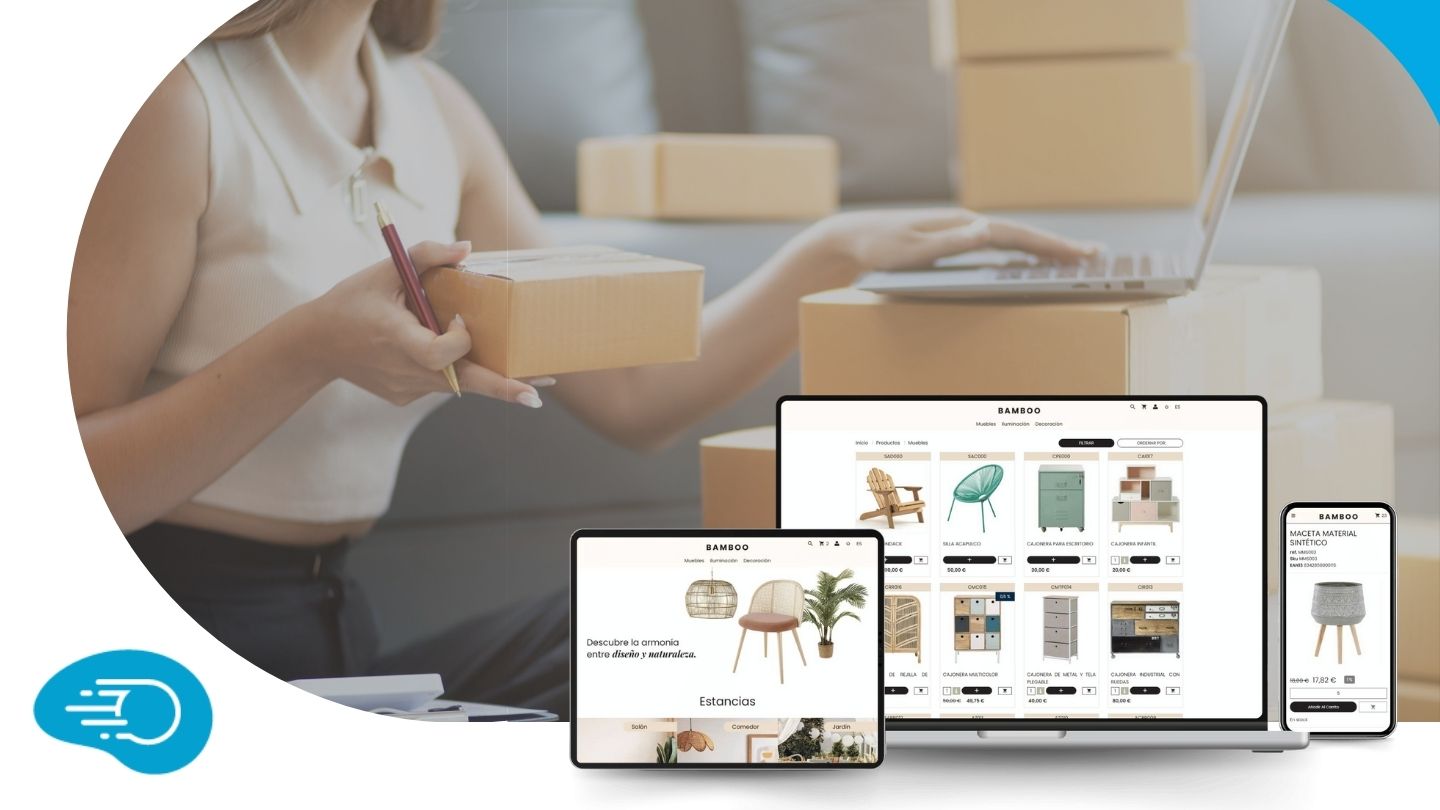
The ultimate solution for wholesale businesses! Accelerate sales and optimize your sales force with our online portal! Easily integrate it with your ERP software.

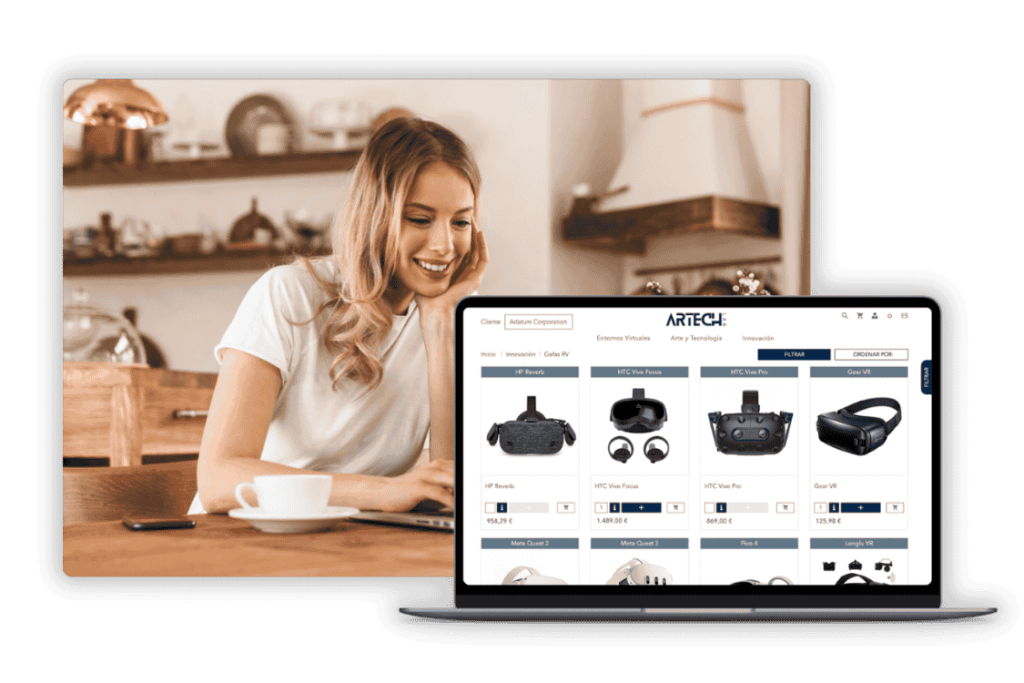
Without complex and expensive implementations
Stoam is an all-in-one, pre-configured solution, meaning you don’t need any development or multi-million-dollar investments to get your store up and running.

Reduce administrative tasks and improve business relationships
Your customers will be able to check their details and terms, view their pending orders, request invoices, and much more. By empowering your customers, you’ll save time and free up resources.

Improve your business relationships with your customers and increase loyalty. With Stoam SaaS, your customers can interact with your business autonomously, reducing the strain on your sales resources and streamlining administrative tasks.

+
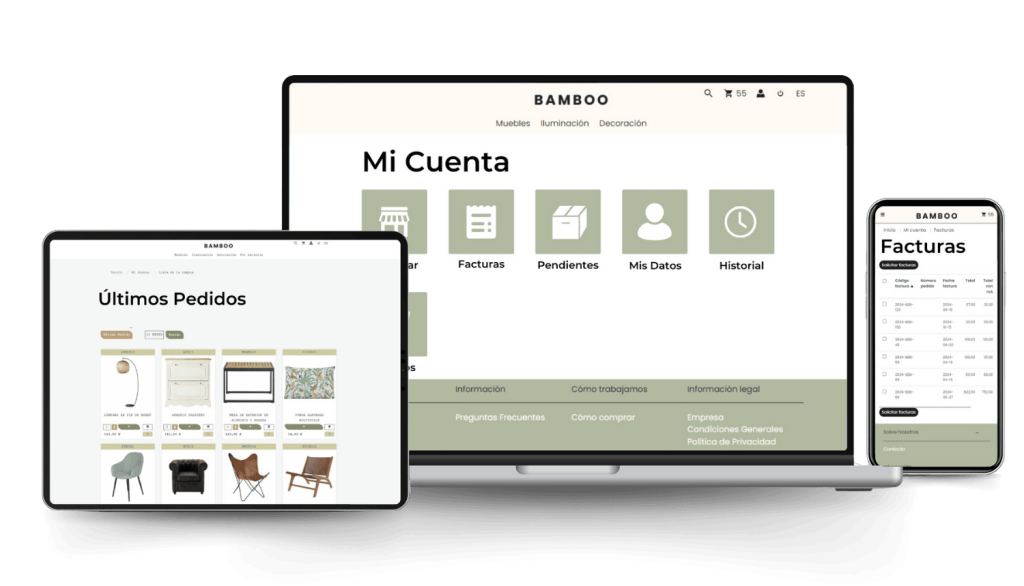





Get the most out of your business management software! Manage your business as usual while Stoam automatically connects to your ERP to synchronize operational data and avoid duplicate data management.

Orders placed through the online store will be automatically sent to your ERP, ready for review.

Stocks will be updated based on data in the ERP, so you don't have to manage multiple input and output channels.

Stoam will use the pricing and discount systems configured in the ERP and automatically apply them in the store.

You'll be able to allow entry to all clients and contacts you have registered in the ERP.

Customers will see their terms and conditions and specific rates applied directly in the store, emulating those established in the ERP.

From the private area, you can view all orders placed, even those not processed through the online store.

Stoam allows you to request invoices and send them from your ERP to your private area automatically, so your customers can download them.

Addresses and warehouses added to the ERP are synchronized with Stoam to reduce errors and streamline the purchasing process.
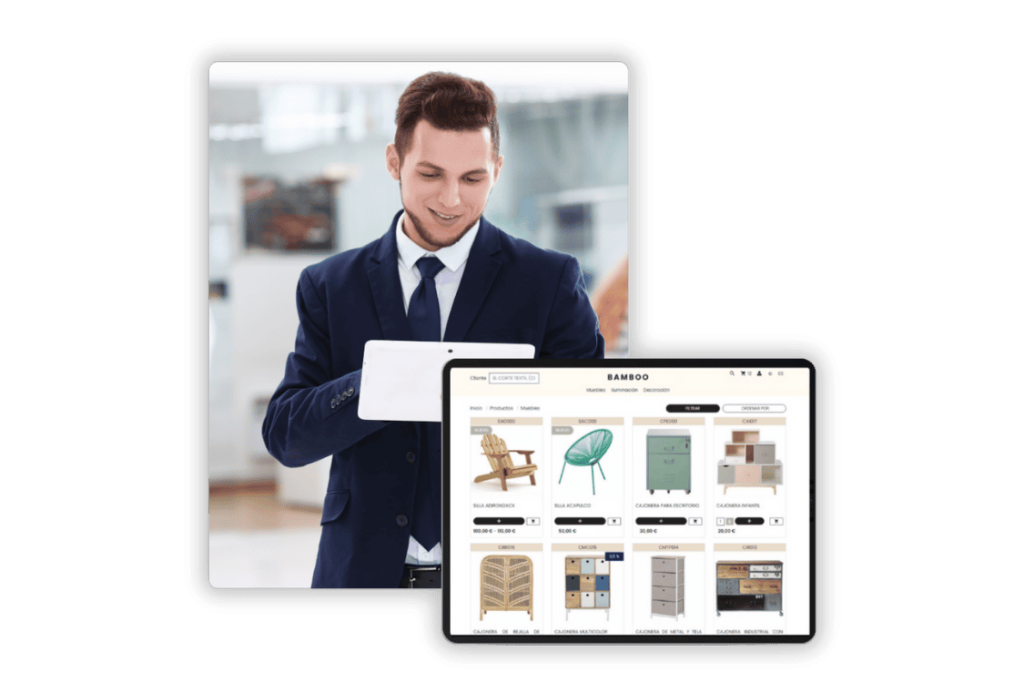
Optimize your sales force
Stoam allows for the entry of commercial users, with multiple tools to incentivize and support sales. With multiplatform support, salespeople can sell wherever and whenever they want, with customized prices for each customer and through catalogs.

Stoam allows business users to place orders for their assigned clients, each with their own terms and fees.

Easily share carts and product listings with our cart sharing system.
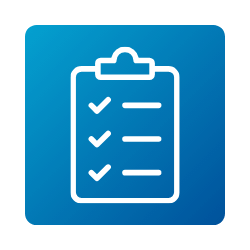
Submit orders through various channels for in-store review and approval.

Encourage repeat purchases through order history, which includes orders even if they were not placed through the online store.

Set up a public catalog to help you recruit and negotiate with new customers.

Connect a reader or enter the code manually to find products. You can also search by References and SKUs.
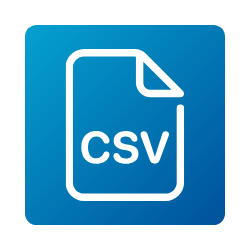
Indicate the reference and quantity of the product that will be automatically added to your cart based on availability.

Stoam automatically adapts to all devices, allowing salespeople to shop wherever and whenever they want.

Group products with variants in a single simplified file.

Set purchasing rules such as minimum quantity, maximum quantity, units, and more.

Your customers will see their rates and conditions applied directly to their products.

The product sheet includes a table with discounts by quantity, product, and variant.

Upload the technical sheet or any additional documentation for your products.

Whatever your sales strategy, we’ve got you covered! With Stoam, you can easily adapt your sales strategy to your business’s operations or limited campaigns.

It is designed for direct order entry limited by purchasing rules and stock availability defined in the ERP. This is Stoam's default strategy.

It's designed for companies that don't have stock available and want to accept orders and then manage deliveries directly. Define the availability period and start selling.

This strategy allows you to sell products you don't yet have in stock and control sales with a limited run. The store will allow you to place orders by displaying upcoming arrivals.